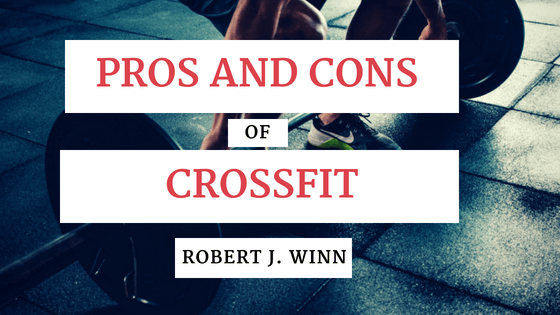Unless you’ve been living under a rock or on your couch with a bag of potato chips, you’ve probably heard of Crossfit. It’s a fitness fad with a kick; an exercise program with a culture and community of all its own. Crossfit gyms stitch together an intense workout inspired by Olympic weight training and functional movement with a focused nutritional plan to create a fitness lifestyle for its members. The movement is known for its athletes, and claims to produce some of the “fittest people on Earth.” But is the program really worth the hype? Here are some pros and cons.
PROS
Results
Practiced regularly, Crossfitters see results that simply don’t come from biweekly trips to your local YMCA. The program utilizes high intensity interval training (HIIT) that prioritizes short and intense workouts over long and easy ones. A session at a Crossfit gym typically lasts for just thirty minutes or less. Over time, this practice build muscle and boosts cardiovascular endurance to make athletes stronger and fitter.
Nutrition
Crossfit is one of the few exercise programs that both stresses the importance of healthy eating and provides instruction on how to achieve a balanced diet. Dedicated Crossfitters eat a diet chock-full of lean protein, health oils, and fruits and vegetables. Of course, adhering to this diet takes a level of commitment that some people might find difficult; the program’s strict rules against refined flours means that pizza is well and truly off the menu.
Community
The Crossfit community is strong. While each gym has its own individual culture and style, all are linked though a love for the program and a willingness to encourage others to achieve. This go-getter mentality and community network can be motivating for those who have to push themselves to work out.
CONS
Frequent Injury
If you take up Crossfit, odds are good that you’ll find yourself with an injury sooner or later. According to doctor and Crossfit participant Val Jones, “CrossFit injury rates are substantially higher than most other fitness regimens. Herniated disks, muscle and tendon ruptures, rhabdomyolysis are not uncommon.” The problem with this isn’t that people get injured, but that the community sees these injuries as something that comes with the territory. This culture of injury isn’t healthy or – as some might say – a necessary part of the Crossfit experience.
Difficult Exercises
Crossfit exercises are notoriously difficult. Most moves stem from Olympic weightlifting and gymnastics, and all stem from a philosophy that athletes can get just as much benefit out of using the functionality of their own body weight as they could if they used a machine. However, that freedom of movement also makes it incredibly important to use correct form. If an athlete’s form is compromised, they could cause themselves serious injury.
Peer Pressure
Crossfit’s culture of achievement is inspiring, but it can be dangerous if athletes push themselves too far in pursuit of their dream body type or fitness capability. People who take up the program need to be able to resist peer pressure and know their limits. The exercise may be better suited to those who already have experience in a gym and knows their personal limits, rather than newcomers with limited gym experience.

